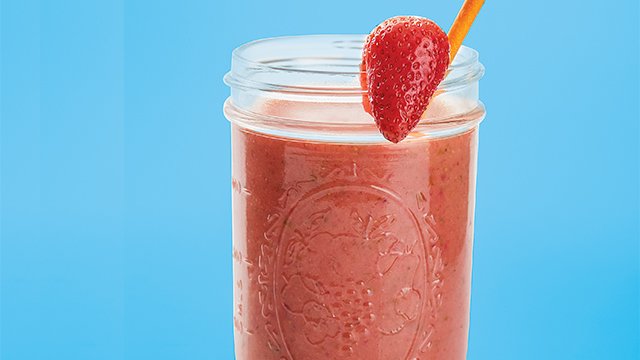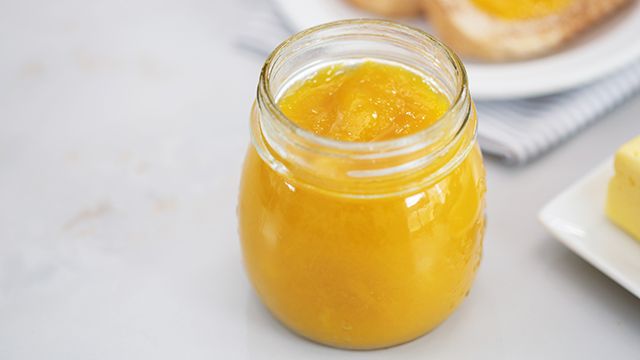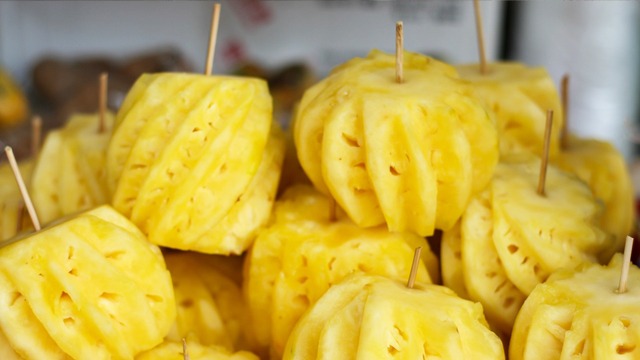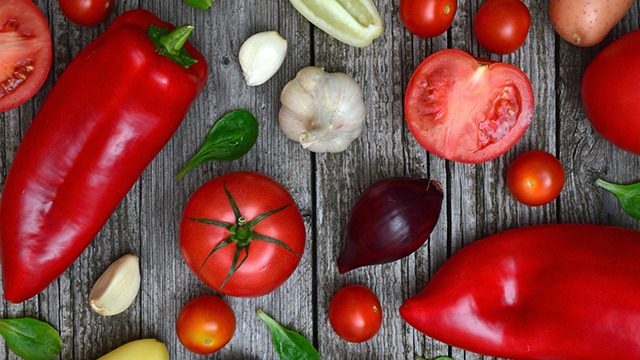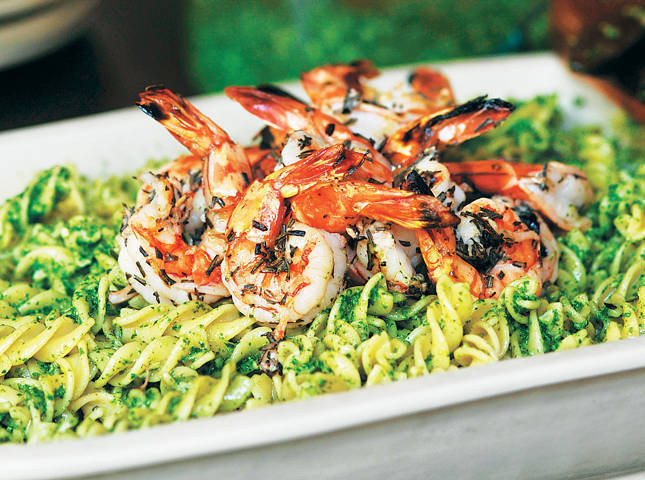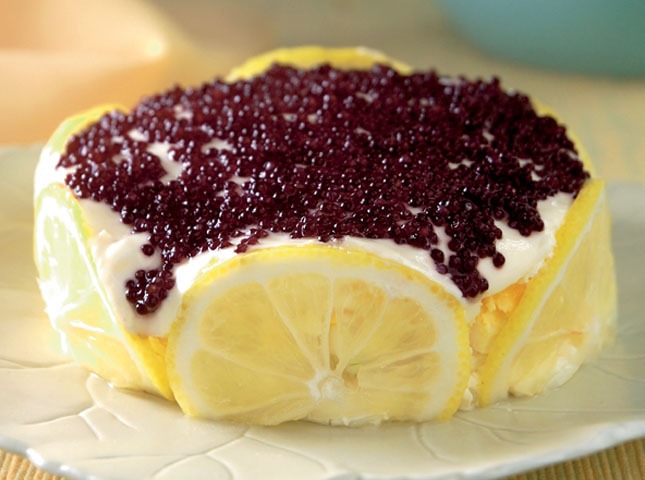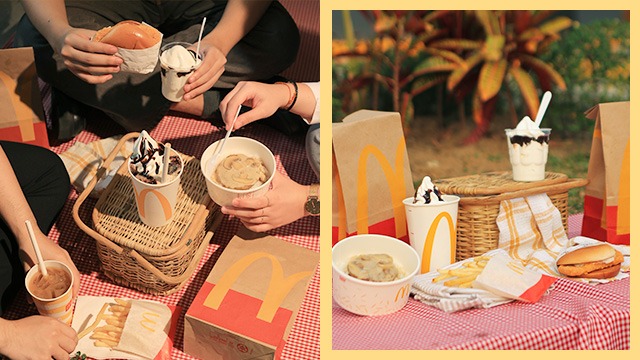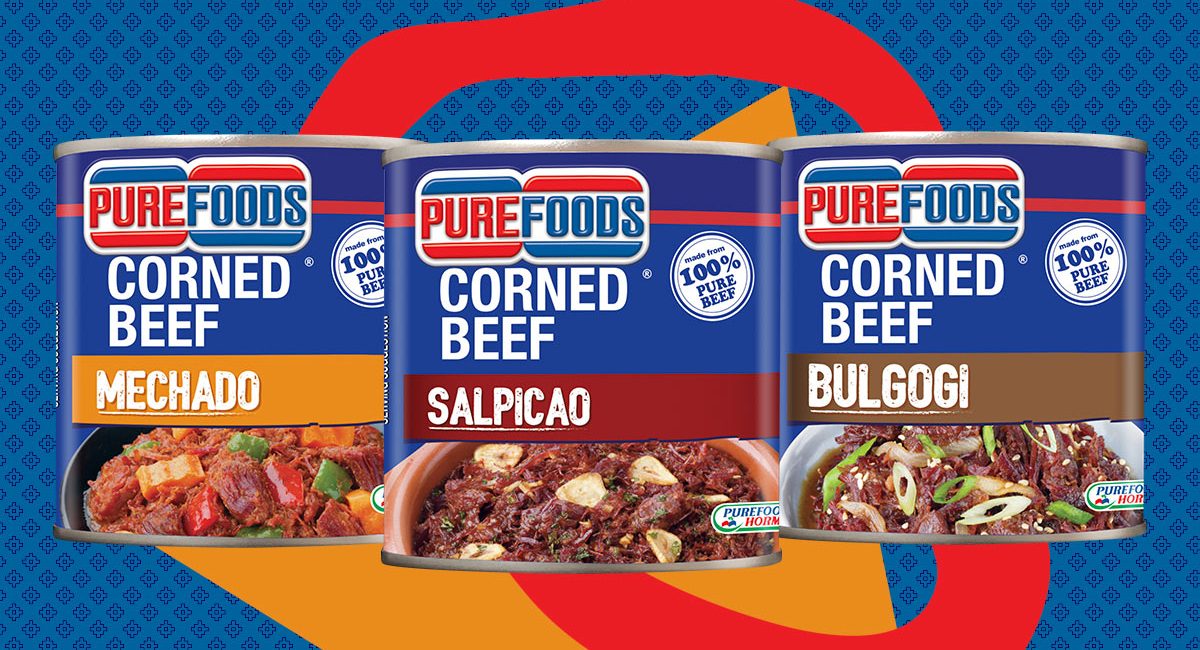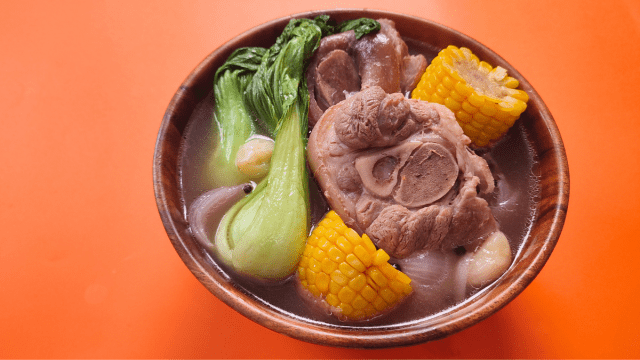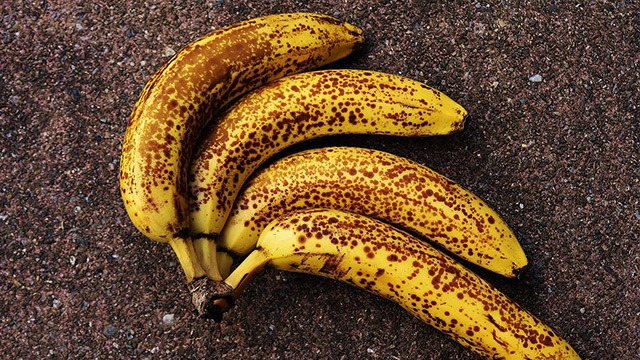
Overripe fruits. What to do with them? It’s all happened to us. We buy some good looking, delicious fruits, but we end up missing the perfect day to eat them. In a blink of the eye, they’ve become too soft and their color is all wrong! Don’t throw it away, though! There’s still hope.
The difference between overripe fruits and rotten fruits:
There is a point of no return for fruits, sadly. It’s a thin line between overripe and rotten, but it’s actually easy to know the difference. Here’s how to know if your fruit is overripe or rotten:
1 Overripe should smell sweeter.
Overripe fruit will smell really sweet. A rotten fruit will smell nasty, sour, or similar to vinegar. This indicates that the fruit has started to ferment. Unless you’ve intentionally fermented it in the right, sterile conditions, fermented fruit is not safe to eat.
2 Rotten fruits may have bugs and mold.
There should be no burrowed worms, fuzzy molds, or anything already trying to eat your fruit. These carry loads of bacteria. Make sure there are no insect holes.
For mold, any sign of it means it needs to go. Even if you only see a little bit of mold, it’s not enough to just cut away the part that is visible and to eat the rest. The visible part of the mold is their “flowers” while the microscopic “roots” can already be all through-out the fruit.
3 Overripe fruits may be soft: check firmness.
Though overripe fruits may be squishy, too soft, that your finger can easily dent them, they should still retain their shape. If they’ve been flattened, or parts have burst or peeled, then that’s a sign to throw them away.
4 Overripe fruits may be discolored.
Outer discoloration doesn’t disqualify fruit. For fruits such as bananas, mangoes, avocadoes, discoloration isn’t much of an issue. Just peel your fruit and remove the discolored flesh. The rest of the fruit is still edible.
Here’s what to do with them:
The main thing you lose when the fruit ripens too much is its texture. You no longer have the plump juiciness or crunchiness. However, more often than not, these fruits will actually be at their sweetest. Hence, though not the best to eat as is, there’s still a lot you can do with them.
1 Don’t want to use them up now? Freeze them.
Squeeze your overripe citrus fruits and freeze that juice. Turn them into cubes for instant lemon or orange juice that won’t taste watered down. Or, you can peel fruits, chop them up, and freeze them in a freezer bag for use at a later date. Freezing will stop the fruit from ripening any further.
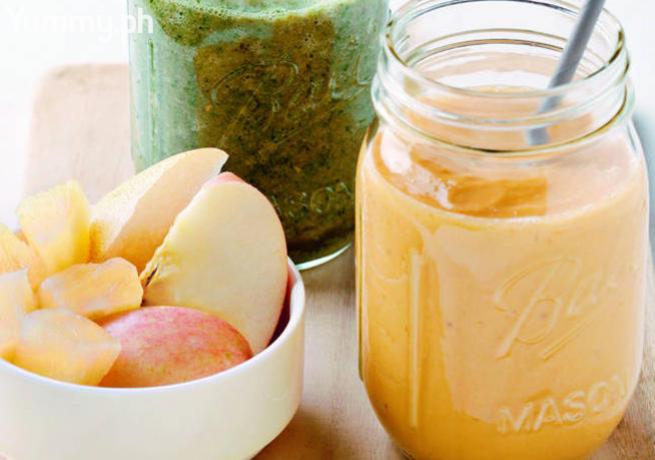
2 Make a smoothie or icy desserts
Those extra sweet fruits are the perfect addition to your smoothie. Frozen bananas are particularly amazing. They can make your smoothie extra creamy or can even make vegan ice cream!
Recommended Videos

3 Bake them.
You can bake an orange cake, an apple pie, a banana bread, and so much more. These actually make sweeter baked products. When you’re making banana bread, it’s actually preferred you use overripe bananas. If your bananas are too ripe, you can put them in the freezer a night or two to stop it from over-ripening.

4 Make fruit jams and sauces.
Your fruit’s texture doesn’t matter when it’s turned into a jam or sauce. You can even puree it if you want for drizzling onto desserts or tossing with salsa.
Don’t let the fear of overripe fruit keep you from buying fruits to your heart’s content.
ALSO READ:

